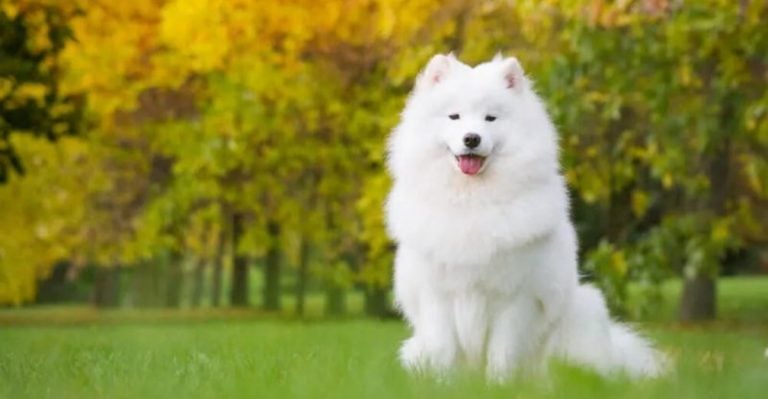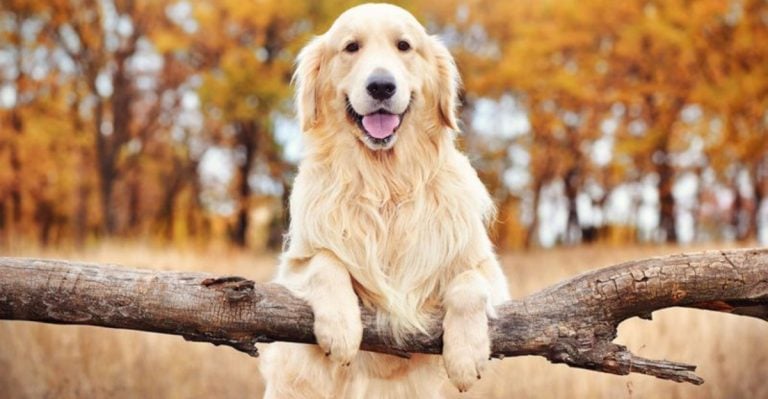12 Types of Working Dogs That Make the World a Safer Place
When we think of dogs, we often picture loyal companions curled up at our feet or chasing a ball through the park.
But for many breeds, companionship is just the beginning. These remarkable animals have jobs—serious, high-stakes jobs—that save lives, protect communities, and support people with disabilities.
Working dogs are more than pets; they’re skilled professionals with instincts, intelligence, and training that rival even the most seasoned human experts in their fields.
From search-and-rescue missions in disaster zones to leading the visually impaired across busy intersections, working dogs serve in roles that demand unwavering focus, physical stamina, and emotional resilience.
Their senses are incredibly sharp—especially their sense of smell—and their loyalty makes them uniquely suited for tasks that require precision and trust.
You’ll find them in police departments, hospitals, battlefields, farms, and even snowy wilderness trails, each performing a specialized role that only a dog can do with such quiet grace.
But not all working dogs wear vests or patrol crime scenes.
Some provide calm and comfort in chaotic environments. Others herd livestock with silent confidence. And a few are trained to detect the subtlest scent of danger—like a hidden explosive or a missing person buried beneath rubble.
In this article, we’re shining a spotlight on 12 incredible types of working dogs and what makes their jobs so extraordinary.
Whether they’re guarding flocks or guiding the blind, these dogs prove that man’s best friend can also be man’s most valuable partner.
So, let’s dive into the fascinating world of canine professionals and explore how their natural gifts and rigorous training come together to serve, protect, and heal in ways we often take for granted.
1. Police Dogs (K9 Units)
Whether it’s tracking down suspects or sniffing out contraband, police dogs are critical members of law enforcement.
Their speed, strength, and scenting abilities make them ideal for high-stakes tasks like drug detection, crowd control, and suspect apprehension.
These dogs undergo intensive training to remain calm under pressure while responding to commands instantly.
German Shepherds and Belgian Malinois are top choices due to their intelligence and loyalty. Their bond with their handlers is unbreakable—and often life-saving.
2. Search and Rescue Dogs
When disaster strikes, search and rescue dogs are among the first to arrive. These heroes sniff through rubble, snow, and wilderness to locate missing persons, often working in dangerous and chaotic environments.
They rely on scent tracking rather than sight, allowing them to find people buried under debris or lost in dense terrain. Breeds like Bloodhounds and Border Collies are commonly used for their extraordinary noses and determination.
3. Guide Dogs
For people who are blind or visually impaired, guide dogs offer more than just assistance—they provide independence.
These dogs are trained to navigate sidewalks, stairs, and traffic while keeping their human safe from obstacles and danger.
Breeds like Labradors and Golden Retrievers are chosen for their gentle demeanor, intelligence, and eagerness to learn. Their training is extensive, but the reward is life-changing freedom for their handlers.
4. Therapy Dogs
Therapy dogs aren’t trained for emergencies—they’re trained for empathy. They visit hospitals, schools, nursing homes, and disaster areas to offer calm, love, and stress relief during tough times.
Unlike service dogs, therapy dogs don’t have public access rights, but their presence alone can lower blood pressure and brighten moods. Poodles, Cavaliers, and Labradors are commonly used thanks to their gentle and friendly nature.
5. Service Dogs
Service dogs are tailored to their person’s specific needs. Whether it’s picking up dropped items, detecting seizures, or offering emotional support during panic attacks, they’re true lifelines.
These dogs are legally allowed to accompany their handlers in public spaces, and their training can take up to two years. Breeds like Golden Retrievers and Poodles are ideal because of their intelligence, patience, and adaptability.
6. Military Working Dogs
Trained for battlefield conditions, military dogs perform high-risk tasks like detecting explosives, scouting enemy positions, and even parachuting into combat zones.
Belgian Malinois and German Shepherds are favored for their agility and trainability. These dogs are tough, disciplined, and fearless, yet form deep emotional bonds with their handlers—often becoming as respected as the soldiers they serve alongside.
7. Herding Dogs
With a sharp eye and even sharper instincts, herding dogs keep livestock in line with minimal guidance. They’re agile, smart, and capable of anticipating the herd’s movements before they happen.
Border Collies are the stars of the herding world, known for their intense focus and quick footwork. These dogs thrive on mental stimulation and are happiest when they have a job to do—preferably one involving sheep.
8. Sled Dogs
In harsh, snowy climates, sled dogs are essential for transport and survival. They pull sleds over long distances, often in extreme cold, relying on endurance and teamwork.
Siberian Huskies and Alaskan Malamutes are popular sled breeds. These dogs are built for freezing temperatures and heavy loads, with a fierce spirit and boundless energy that make them Arctic legends.
9. Detection Dogs
Detection dogs use their extraordinary noses to identify specific scents—ranging from drugs and explosives to electronics and even diseases like cancer.
Labrador Retrievers and Beagles are especially talented in this role. They’re trained to work in airports, customs, and law enforcement, where even the slightest sniff can prevent a disaster or uncover critical evidence.
10. Tracking Dogs
Unlike detection dogs that search for specific items, tracking dogs follow human scent trails—sometimes hours or even days old. They’re invaluable in locating fugitives, missing children, or disaster survivors.
Bloodhounds are the ultimate trackers, with noses so powerful they can follow trails across state lines. Their persistence and single-mindedness make them legendary in search operations.
11. Livestock Guardian Dogs
Unlike herders, livestock guardian dogs live among the animals they protect. Their job is to ward off predators like coyotes and wolves, using intimidation rather than attack.
Great Pyrenees, Anatolian Shepherds, and Komondors are bred for this role. They’re large, independent, and alert—always on watch and ready to defend the flock they consider family.
12. Cadaver Dogs
Cadaver dogs have one of the most sobering but crucial jobs—locating human remains. Their noses can detect the scent of decomposition even months after death and through deep soil or water.
Labradors and German Shepherds excel here, trained to assist forensic teams and law enforcement. Their work brings closure to families and helps solve crimes that might otherwise remain mysteries.


















